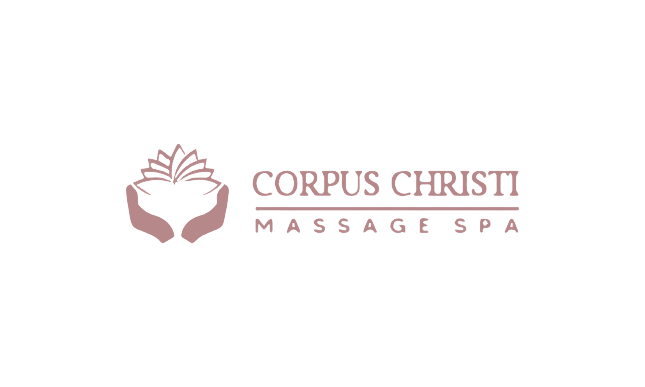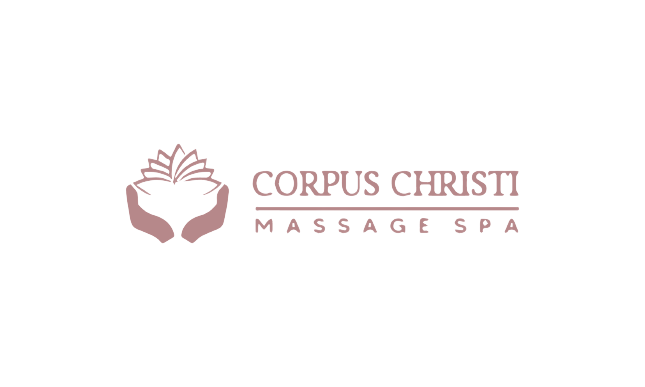Swedish massage and deep tissue massage are similar, but deep tissue massage delves deeper and has a distinct function. The ideal candidates for deep tissue massage are athletes, runners, and injured individuals. Additionally, it can help those who suffer from ailments like lower back discomfort or fibromyalgia.
Deep tissue massage focuses on your body’s deepest layers: muscles, tendons, thick connective tissue, or fascia. Many of the stroking and kneading motions used in Swedish massage are also used in deep tissue massage, albeit with much higher pressure. Sometimes, this pressure might be uncomfortable.
A therapist will massage the muscles layer by layer, increasing pressure and using specific methods with the fingers, fists, and maybe even elbows to reach and stretch the deep muscle tissue. By releasing tightened muscles and tissue, this kind of massage speeds up the healing process. Inflammation may be reduced, and blood supply to soft tissues may be increased.
How does a deep tissue massage work?
You and your therapist will go through your trouble spots prior to a deep tissue massage. A deep tissue massage can either target the entire body or just one specific location. Under a sheet, you will start out by reclining on your back or stomach. You decide how much you want to be undressed.
Traditional relaxation massages serve as the foundation for deep tissue massages. Your massage therapist will start working deeply into your trouble areas only after the muscles have warmed up. Your massage therapist could apply more pressure by using their forearms or elbows in addition to their palms, fingertips, and knuckles.
Be honest with your massage therapist about the amount of pressure and discomfort you are comfortable with. Depending on the deep tissue massage’s location and duration, this may vary. Before and during this type of massage, feel free to speak with your therapist. Some massage therapists believe that pain is harmful to the process, and anticipate that you will let them know if the discomfort becomes too great. After your deep tissue massage, you should anticipate feeling rather painful. Your therapist could suggest using: ice, heat, or stretching.
Choose a qualified, licensed massage therapist. Find a massage therapist in Corpus Christi, TX, whose training and experience include the style of treatment you are interested in. A specialist in a specific ailment, such as pregnancy, fibromyalgia, arthritis, or sports injuries, should be sought out if necessary. Additionally, verify if the therapist complies with Texas state licensing or certification criteria.
Deep Tissue Massage FAQs:
What does a massage therapist do during a deep tissue massage?
Deep tissue massage focuses on muscles that are deeply embedded in the body and hold chronic tension. Slow strokes, direct pressure, or friction motions that go against the grain of the muscle are used in deep muscle methods.
Is it OK to get a deep tissue massage?
Deep tissue massage involves very hard pressure and may not be suitable for everyone, despite the fact that massage treatment is typically safe. Before getting a deep tissue massage, consult your doctor if you have a clotting disease or a history of blood clots.
What is the difference between full-body massage and deep-tissue massage?
A full body massage often works on the big muscles and tendons in the area being massaged, even though both are meant to address a person’s muscles and connective tissue. On the other hand, a deep tissue massage would typically focus on the more hidden muscles and connective tissue in a particular location.
What’s the difference between a Swedish massage and a deep tissue massage?
Deep tissue massage involves more focused, wide strokes, whereas Swedish massage emphasizes longer, more fluid strokes. Also, a Swedish massage is often a full-body treatment, whereas a deep tissue massage concentrates on trouble spots.
Book yourself a 60-MINUTE or a 90-MINUTE DEEP TISSUE MASSAGE in Corpus Christi today!



